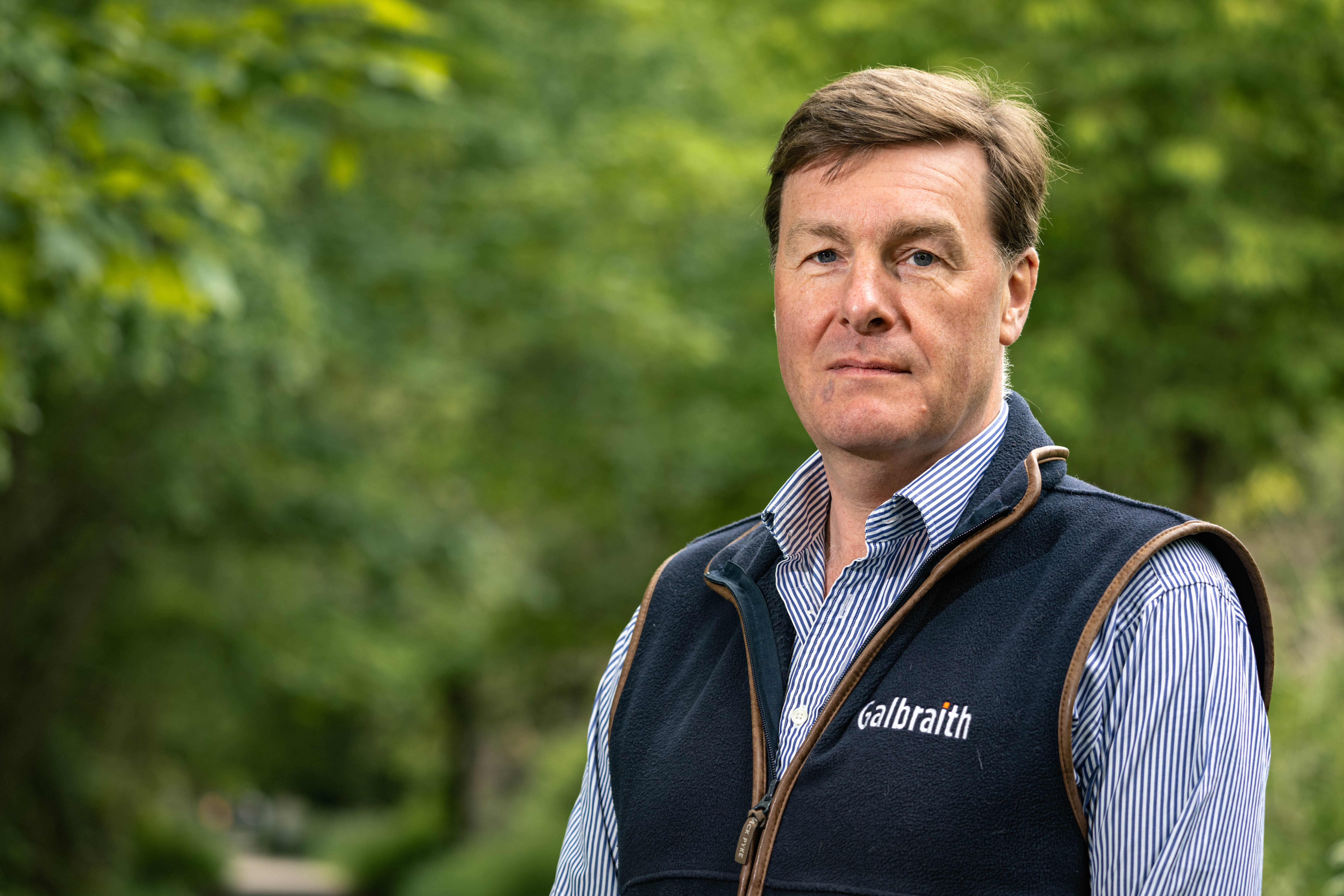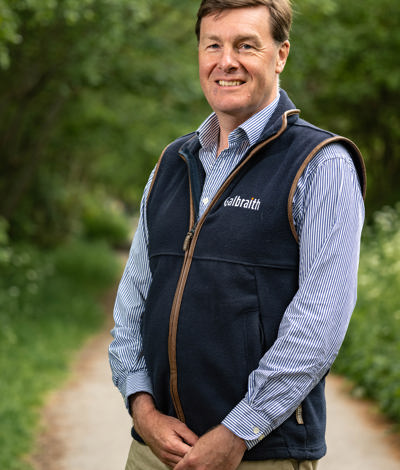It is important for Habitat Management Plans (HMP) to mitigate the adverse impact on wildlife and their habitats caused by the construction, operation and decommissioning of wind farms.
HMP are typically developed in collaboration with environmental assessments and feedback from relevant stakeholders to ensure that key wildlife species and habitats are identified, protected and enhanced as far as possible.
Wind farms are often located in areas that are already important for wildlife such as on migration corridors or near to nesting sites for red-listed species – threatened breeds requiring special protection.
Other important aspects of HMPs include the enhancement of habitats that have been degraded by previous land use practices, and the creation of new habitats for species that may be displaced by the wind farms.
When onshore wind farms were initially developed, landowners often viewed the HMP with frustration and as a disruption to their current land use practices, while necessary for the project to proceed so they could benefit from the income from the development.
However, times have changed and with a growing awareness of the importance of natural capital, biodiversity and carbon sequestration the HMP is looked at in a different light and can provide other, spin-off benefits on the adjacent land.
It is important for landowners to review any proposed HMP carefully to ensure they don’t lose the opportunity to maximise the environmental benefits from their property. If a landowner directly carries out a peat restoration project, they will benefit from the carbon sequestered. But if the same project is carried out as a requirement of any planning consent for a renewable development, that opportunity will be lost.
We at Galbraith are agreeing terms and conditions for HMP on a variety of renewable projects and whereas the HMP is often in close proximity to the wind farm, that isn’t always possible.
When a particular species is identified as a priority species for protection, an appropriate habitat to be enhanced can be many miles from the actual development.
We are involved in discussions for an HMP more than 400 miles from the location of a wind farm. It will provide a suitable habitat for sandwich terns where a site has been identified for an alternative habitat, which will be created in a new sustainable location.
To read the latest news and views from our experts in Energy Matters | Winter edition 2023/24

